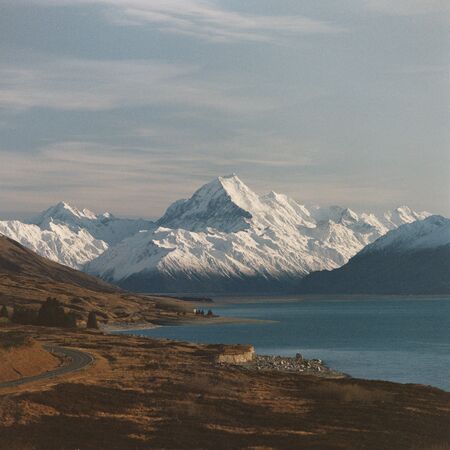You’re in a new city for a weekend and take a bunch of photographs. When you get home you review your shots and delete some of them. The Keeper Rate is the ratio of shots you keep versus those you throw away. It’s a concept, not a literal metric.
I’ve got a camera on my phone, a Sony digital camera, a 35mm film camera, and a medium format film camera. Shooting film made me start thinking about Keeper Rate. A roll of film in a 35mm film camera can store thirty five images. Film for my medium format camera stores only eight images. Compare this to the synced-straight-to-your-government’s-cloud experience of photography on a phone, and the sd-cards-they-still-make-those? for digital cameras where storage is practically unlimited.
No one takes a photograph they know they’re going to delete – though perhaps Snapchat’s nineteen billion dollar valuation proves this assumption wrong. There are good reasons for taking photographs that will probably be deleted:
- Redundancy - People blink, light changes, subjects move unpredictably. Gunning the same shot fifteen times improves the chances you will get one keeper.
- Practice - Failure is an option. Experimenting and taking shots which might work, improves our photography in the long term.
- Recording Information - Photography aesthetics aside, sometimes we just want to capture information. A photo of a document, wifi password, or location that we want to revisit.
The marginal cost of taking a photograph on digital is close to zero. The marginal cost of taking a photograph on film is at minimum two dollars. It’s the bits versus atoms frame all over again. I don’t want to waste money on photographs I’m going to discard, so trying to improve my Keeper Rate is an intuitive idea. But economic reasoning is reductionist, wouldn’t life be boring if we stopped here.
I think of Keeper Rate is a proxy for expertise. In photography pre-visualisation is a technique where one constructs the image they’re taking in their head before pressing the shutter button. The idea being that you tune this skill so you can evaluate potential photographs in terms of composition, lighting, subject etc. without needing to bring the camera up to your eye or taking the shot to see if it works. Here, pre-visualisation is expertise. You look at a scene, decide it won’t work as a photograph, and decide not to take the shot – improving your Keeper Rate.
There’s a Catch-22 – how do we develop expertise in the first place? Whether learning photography, software engineering, or a musical instrument you need to fail over and over again to build expertise and intuition. It’s not just failing, but experimentation. We need to try the wrong thing, sample different domains to see if we like them, and learn the areas we want to develop. A few of examples:
The concept of pre-visualisation can be applied to domains of landscape photography, portrait photography, street photography, etc.
The concept of debugging can be applied to domains of front end development, functional programming, distributed systems, etc.
The concept of music theory can be applied to domains of guitar, piano, violin, etc.
Whether we’re new to the concept itself, or are applying it in a new domain, optimising for the Keeper Rate may slow down our learning. It’s fear of failure.
Keeper Rate came to me through photography but I’m seeing it emerge in the work I do. I’m debugging a system at work – what caused the outage? There are thousands of possible causes, but based on my expertise I come up with a short list of worthy causes to investigate. Here Keeper Rate maps to the worthwhile investigations / total investigations.
Ultimately Keeper Rate is a concept that gives insight into aspects of expertise, quality, learning, and accuracy.

